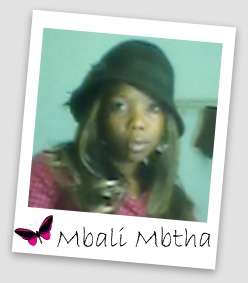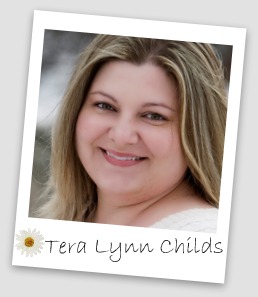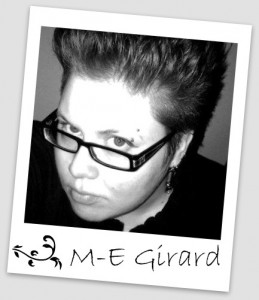 ~ By M-E Girard
~ By M-E Girard
When I was in high school, reading could be awesome—as long as there were “awesome” books for me to read out there. Back then, it was horror tales by R.L. Stine and Christopher Pike that kept me flipping pages. There was something so riveting about reading of characters my age (or a little older) who had these amazingly cool lives—sprinkled with a murder or two. The girls were beautiful, cheerleaders, and had quirky best friends; the guys were cool, sexy, and enough bad-boy to be appealing but not too much to border on jerk territory. It never occurred to me that there was anything different out there. These were the quintessential “teenaged tales” and I still have my stack of vintage paperbacks to prove just how relevant this stuff was to me.
Years later (not that many), life started looking a little different to me. My dream bad-boy turned out to be a bad-boi (look it up). And then, browsing the shelves of my local Chapters, I happened across a little book called Keeping You a Secret and everything changed. A story about a girl who falls in love with another girl amidst all that teenaged drama playing out in school halls? I was hooked and thanks to Amazon’s handy little feature of suggesting similar titles, my world was opened up to more and more books with stories about gay teens. With authors like Julie Anne Peters and Alex Sánchez, queer characters were suddenly at the forefront and stories took on a new meaning for me.
Where was this stuff when I was a teen? There may have been a book here and there that touched on the subject but the point is: it was nowhere “out there” enough for a teen like myself to get my hands on it. Here we are, ten years later, and I’m still trying to satisfy my inner teen with as many queer YA fiction books I can get my hands on. Now, as a writer, my main goal is to tell stories—all kinds of ridiculous, exciting, sometimes tragic stories—that show the lives of the queer characters living inside my head. More than that, these characters are going to lead my stories. (And I use the word “queer” because I personally think it’s a little edgier and more inclusive of the community than just saying “gay”. The word was reappropriated by the gay community a few decades ago, but still, opinions of its use are divided. I have no qualms about being thought of as queer and if someone objects to it, then substitute it for another in your minds.)
Well into 2011, one might think, Aren’t you a little late taking up this cause? Aren’t gay characters everywhere nowadays? According to Wikipedia, yes, they are. Since 2000, a “flood of such books have reached the market”. Furthermore, “today books have progressed, with gay characters not as stigmatized and separate”. That is evidently true. I can think of many books I’ve read that have at least one gay character. But, those characters are usually secondary. They’re the best friends infused with wit and loyalty; they’re quirky and we all look forward to their dialogue lines and body language descriptions. These days, it’s common to see the teenagers living their exciting stories with a queer friend or two at their side. There is nothing wrong with that in itself and it’s great to see more of us represented in successful novels.
For someone like me—and I’m sure for many queer teens out there—there is still a need for queer main characters. Stories where it’s not just about being the beautiful and straight heroine’s best friend. Where queer characters aren’t getting always their hearts stomped on with rejection during the heroine or—less often—hero’s momentary trip to the “other side”.
There may have been a definite increase in the inclusion of gay characters in fiction but I still hear of writers being asked by publishers to change their characters from gay to straight—especially when talking about main characters. Thankfully, those I’ve spoken with have opted against making the change.
In cyberspace, many are of the opinion that there isn’t much variety when it comes to queer fiction. That may be true, but stories of coming out, bullying, and broken hearts will always be relevant because they’re realities of being gay—especially during those teen years. Personally, I’m a sucker for the hetero teen girl finding herself inappropriately attracted to the rugged boyish lesbian with a killer grin and laid-back swagger.
There needs to be a balance between “gay characters” and “characters who just happen to be gay”—and we have to know the distinction between the two since both are highly relevant. Thus far, we’re used to seeing characters struggle with their homosexuality and stories revolve around their journey through the “queer” complications. These stories, I think, will always have appeal and still need to be told. What we need to work toward are telling stories where the sole focus of gay main characters isn’t only their homosexuality; we follow these characters as they struggle but it’s not necessarily because they’re gay. If you strip away the “gay”, there should still be an interesting character with a captivating story to tell. I believe we’re still a while away from moving toward this and that is because it’s still not okay to be gay in the world. There is still discrimination and double-standards, among other negative aspects. There are fewer lesbians reflected in fiction than there are gay men, and even less books with gay characters of color. And I could keep going and going, but this blog isn’t about that.
For now, we need to arm our queer teens with confidence and acceptance. A relatively easy way to do this is to make these stories available to them. We, as writers, need to pen them and push to get them out there! Stories where they can see themselves showcased, dealing with mountains of complications and heartbreak, or exciting events filled with happiness and victories—anything, really. We need to see teens that shatter the stereotypical ideas of “gay characters” living their fictional lives and show readers out there that being gay isn’t just one thing. It’s not just butch and femme, fairies and gym queens, boys with lisps and girls with mullets and moustaches. These teens need to see themselves reflected in the popular tales of the day, whether we’re talking about vampires, immortals, rich teenaged queens, or zombie-fighting orphans—and more importantly, they need to see themselves in the lead roles.
I had the opportunity to ask an expert on the subject her thoughts on gay characters in fiction. As mentioned earlier, Julie Anne Peters (author of Keeping You a Secret) was my gateway into the world of stories featuring queer characters. I leave you with her thoughts:
I think you can never have too many queer characters in mainstream literature. For too long we’ve been excluded, as if we didn’t exist or contribute to society. The more frequently LGBTQI young people see themselves as featured or peripheral characters in books of all genres, the more validated they’ll feel as human beings living a normal life.
M-E Girard
www.megirard.com
http://www.facebook.com/pages/M-E-Girard/109791279109027
M-E Girard is a registered nurse moonlighting as a fiction writer. A Young Adult Fiction buff, M-E spends most of her time telling tales of teenage angst and happenings of high school halls, with a focus on LGBT realities. She is currently working on her first novel (runner-up in the 2010 Young Adult Novel Discovery Contest) and regularly participates in short story competitions. Her short stories—The Welkin and Limbo—are set to be published in a Canadian anthology in June 2011. M-E lives just outside of Toronto, in Ajax, Ontario, Canada, with her partner-in-crime Melissa and their two Chihuahua babies.
 ~ By Melina Kantor
~ By Melina Kantor
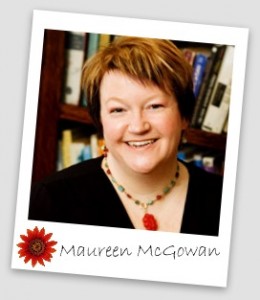


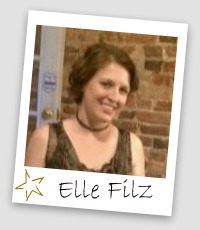
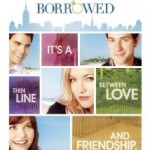
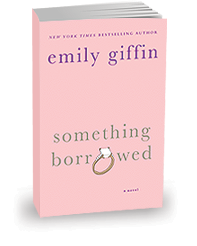 What breaks my heart most about this whole thing is that other reviewers (mostly male) have decided that if the movie is based on a book, the problem automatically lies with the source material. That’s crazy talk. Anyone who remembers the war between Anne Rice and the producers of Interview with a Vampire over casting Tom Cruise as Lestat knows how little creative control an author actually has when they sell the rights to their books. I don’t know the details of Emily Giffin’s rights deal, but I do know that she wasn’t listed as a primary screenwriter. That suggests that she didn’t have control over the final product. To blame Giffin is an insult to her and the millions of readers who love her work.
What breaks my heart most about this whole thing is that other reviewers (mostly male) have decided that if the movie is based on a book, the problem automatically lies with the source material. That’s crazy talk. Anyone who remembers the war between Anne Rice and the producers of Interview with a Vampire over casting Tom Cruise as Lestat knows how little creative control an author actually has when they sell the rights to their books. I don’t know the details of Emily Giffin’s rights deal, but I do know that she wasn’t listed as a primary screenwriter. That suggests that she didn’t have control over the final product. To blame Giffin is an insult to her and the millions of readers who love her work.